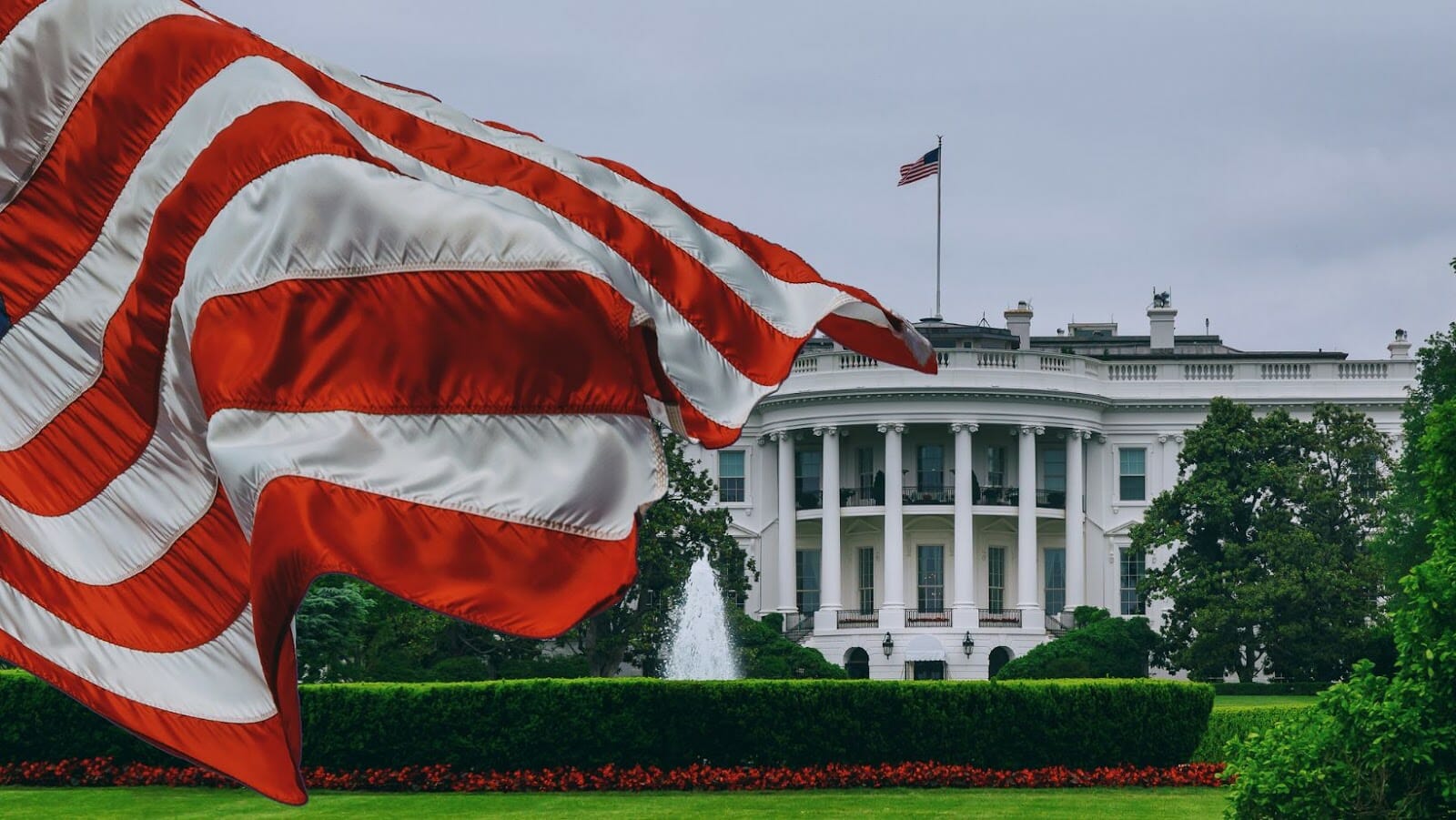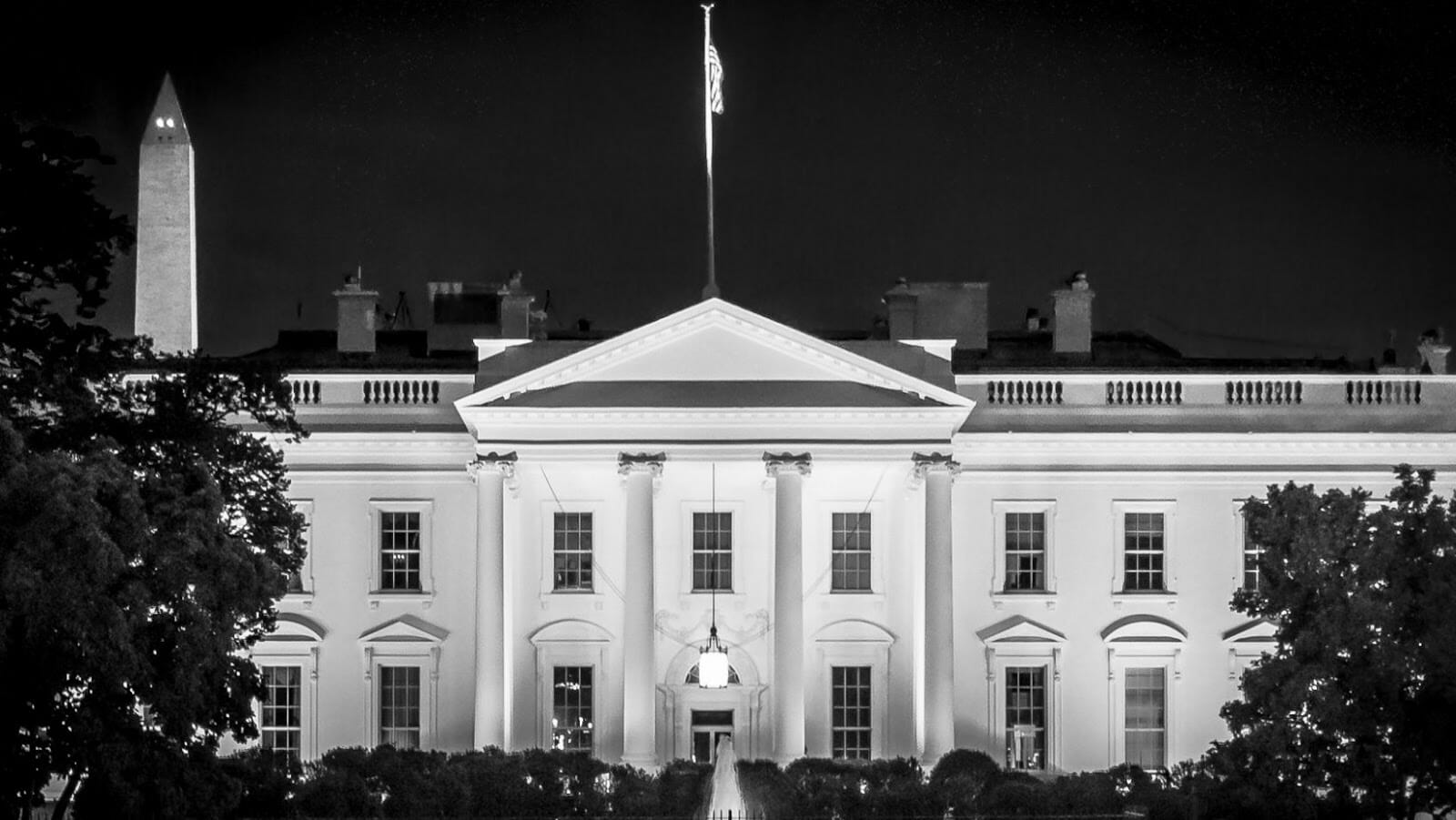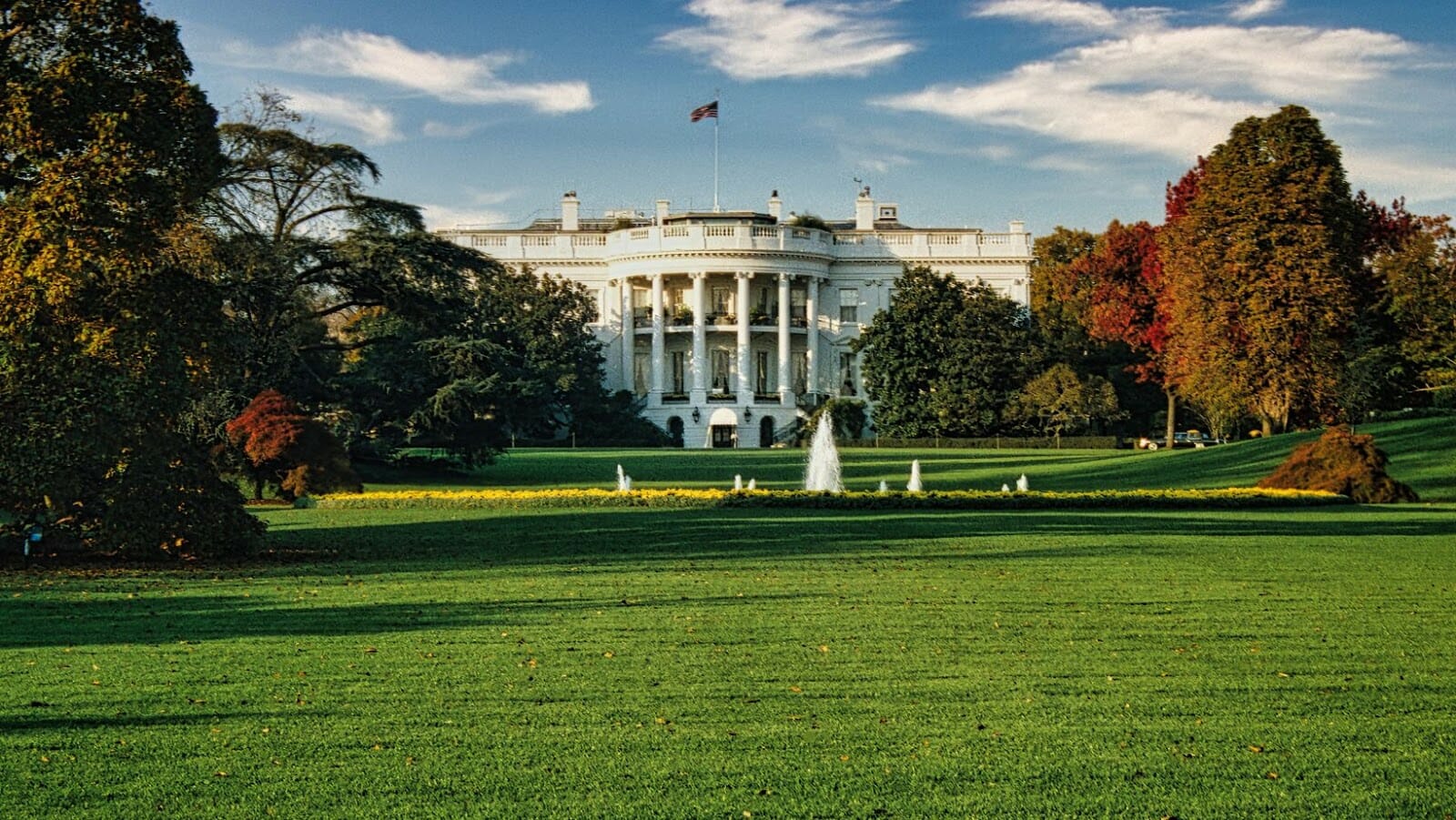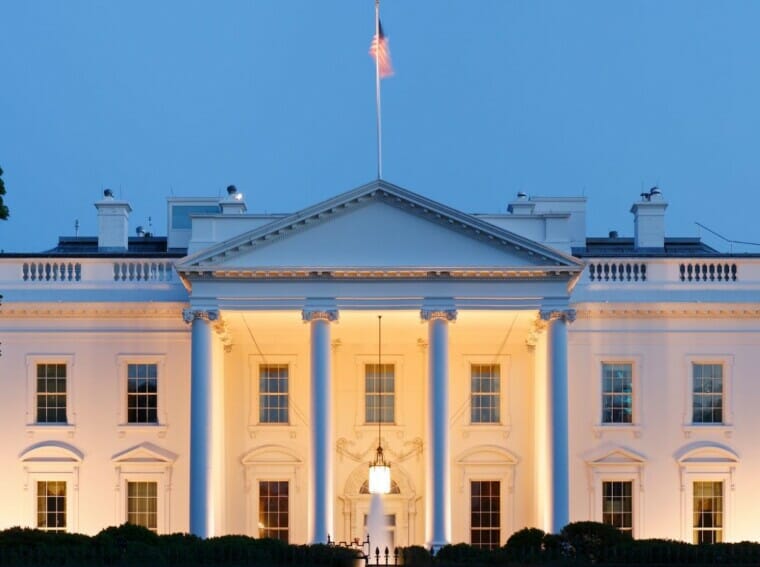Have you ever been sent a code from the White House?
This article explores why the White House sends mysterious codes and what it means for you and your community. Unveil the secrets of White House codes here – and learn how to respond in a way that honours your safety, privacy, and rights. You won’t want to miss this!
ARLITFOO
In the early days, the codes for communication between the White House and the military were limited to simple phrases and signals. Over time, the codes evolved to include more complex and secure methods of communication.
During World War II, President Franklin D. Roosevelt ordered the creation of a code using Navajo language to send messages in secret during battles. This code was never cracked, and it played a significant role in winning the war for the United States.
In the following decades, technological advancements allowed for even more secure and sophisticated methods of communication between the White House and the military. Today, the codes used by the President and military officials are highly encrypted and constantly updated to prevent unauthorised access.
The changes in access to the codes over time demonstrate the increasing need for secure communication in a rapidly evolving technological landscape.
In the early days, the codes for communication between the White House and the military were limited to simple phrases and signals. Over time, the codes evolved to include more complex and secure methods of communication.
CHURABTE
CHURABTE was a code used by the White House to alert the Pentagon during the Cold War. The code was part of the “Nuclear Football,” a briefcase carried by a military aide that contains equipment and documents necessary for the president to order a nuclear attack.
Each card in the Football had a sequence of letters and numbers, including the code word CHURABTE. It was included as a measure to authenticate the orders, as it was thought that an impostor would not know the meaning of the code.
The letters in CHURABTE stand for the cities and towns that were home to America’s nuclear weapons laboratories, including Chicago, Los Alamos, and Berkeley. The code word was never used in an actual nuclear crisis, but it remains a curious piece of Cold War history.
Pro tip: History has many such intriguing moments, and it is always worth digging deeper into the context and background of any event or object.

OGLURTH
The International Codes, which provide building safety and fire prevention standards, have sparked some controversies over the years. These codes were developed as a result of a tragic fire incident that occurred in 1942 at the Coconut Grove nightclub in Boston, which claimed over 400 lives.
However, some individuals believe that the development and enforcement of these codes infringe on personal liberty and pose a financial burden to builders and homeowners. Others argue that the codes are necessary to ensure public safety and prevent tragedies such as the one that occurred at the Coconut Grove nightclub.
In recent years, there has been controversy surrounding the use of certain building materials, specifically those that contain asbestos or formaldehyde. Despite these concerns, the codes continue to be updated regularly to reflect changes in technology and building practices, and to uphold standards that prioritise public safety.
Pro Tip: It is important to stay informed about building codes in your area to ensure that your home and surrounding structures are built to the highest safety standards.
BROGZOG
The nuclear football is a briefcase of classified launch codes carried by the US President or a designated official, providing the capability to launch a nuclear attack at a moment’s notice. The origins of the nuclear football date back to the Cold War era when the spread of communism required a nuclear deterrent to ensure national security.
In the 1960s, the White House Situation Room developed the concept of a portable, secure communications device to ensure reliable communication between the President and military commanders in the event of a nuclear attack. The nuclear football was first used in 1962 during the Cuban Missile Crisis when tensions between the US and Soviet Union reached a boiling point. Since then, it has become a staple of US national security and is never far from the President’s side.
Pro tip: The nuclear football is one of the most closely guarded secrets of the US government and its contents are highly classified.
POTNOVKA
POTNOVKA is a code name that was used by the White House during the Cold War era. It was used to refer to the Soviet Union’s defence capabilities, specifically its air defence system.
The White House and the US military used several code words and phrases during this time to communicate sensitive information and strategies concerning national security without alerting the public or foreign intelligence agencies.
The use of code words and phrases by the US government can be traced back to the First World War and has since been a vital tool in safeguarding sensitive information.
Pro tip: Nowadays, code words are used for security reasons, cybersecurity, and sensitive communication between government agencies. However, for the general public, it is worth researching and learning about the history of code words and the reasons behind their usage.

The letters in CHURABTE stand for the cities and towns that were home to America’s nuclear weapons laboratories, including Chicago, Los Alamos, and Berkeley. The code word was never used in an actual nuclear crisis, but it remains a curious piece of Cold War history.
SOWDTFS
SOWDTFS is one of the codes sent by the White House during the tenure of President Bill Clinton to instruct government officials on how to write clearly and concisely in their communication.
SOWDTFS stands for “Short words, direct to the point, favour active voice, use few adverbs and no unnecessary words, use the familiar word, and be positive.” These guidelines were established to improve the clarity and effectiveness of written communication from government officials. By following these guidelines, officials could communicate their message efficiently and effectively, making it easier for the public to understand government actions and initiatives.
Pro tip: Whether writing for the government or any other audience, following the SOWDTFS guidelines can make communication clearer and more effective.

IZZAR58
IZZAR58 is a code that was sent by the White House during President Reagan’s administration. But why was it sent, and what does it mean?
IZZAR58, along with other similar codes, was used during the Cold War to relay urgent messages to US military forces stationed overseas. The code consisted of two parts: the “IZZAR” portion indicated that the message was for US Navy forces, while the “58” indicated that the message was of the highest priority and required immediate attention.
The purpose of these codes was to ensure that critical information could be transmitted quickly and securely in case of a sudden threat or crisis. While the Cold War has ended, codes like IZZAR58 are still used today to safeguard national security and protect against potential threats.
Pro tip: If you’re interested in learning more about codes and cryptography, check out some of the fascinating books and documentaries on the subject, such as “The Code Book” by Simon Singh or “The Story of Maths” by Marcus du Sautoy.


